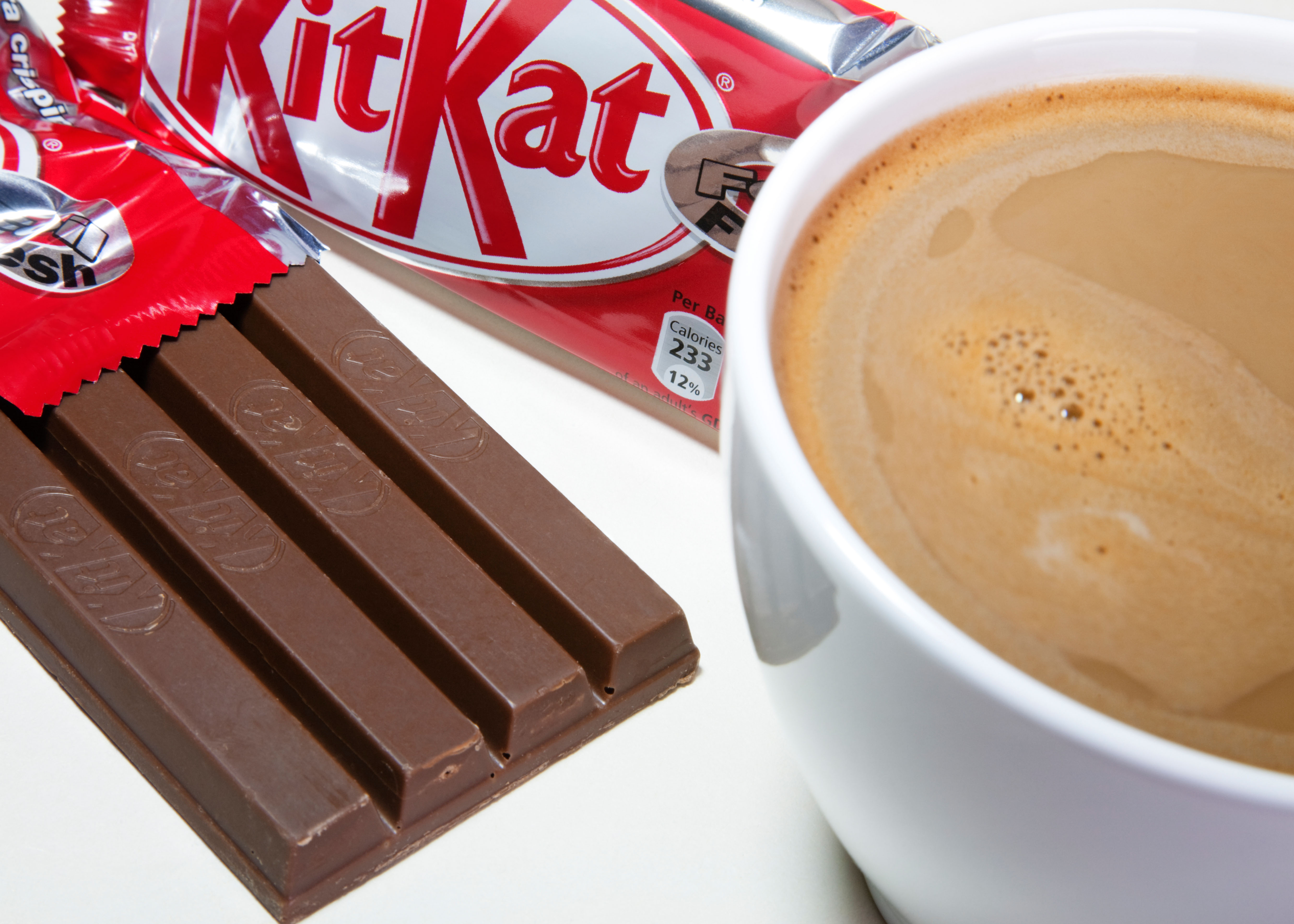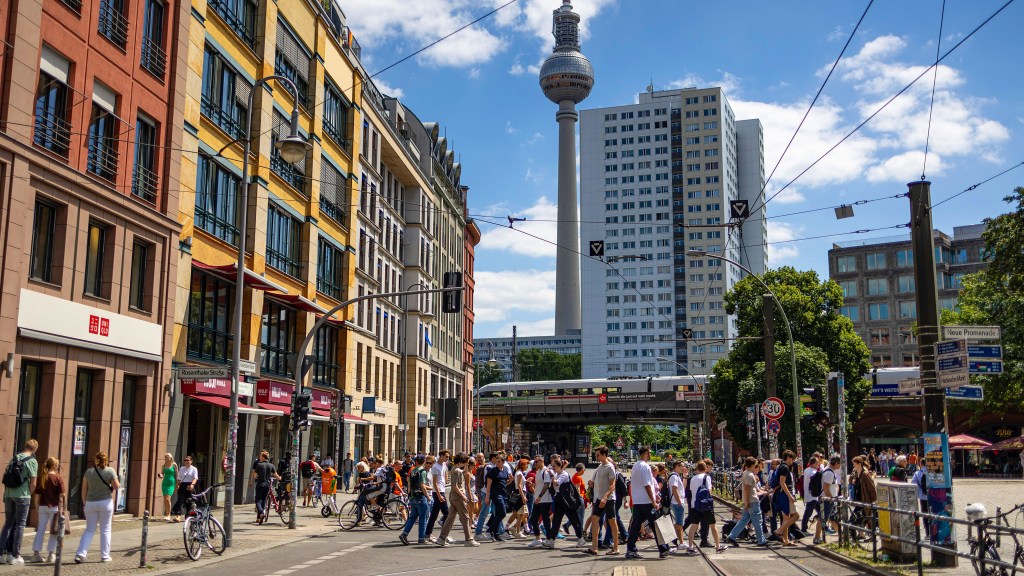Investing in Nestlé: What to Know About the Company’s Future
Nestlé, the prominent Swiss food corporation, recently made headlines by replacing its chief executive. Following a period of underperformance relative to competitors, investors are optimistic that incoming CEO Laurent Freixe, who took office three days ago, can revitalize the company’s share price. Home to some of the world’s most recognizable brands, the key question remains: can this reputation translate into strong financial returns?
Freixe has succeeded Mark Schneider, who led the company for nearly eight years. There had been concerns among analysts about Schneider’s fit with Nestlé’s corporate culture. This transition is critical for the 168-year-old organization, particularly given Schneider was the first outsider appointed to the CEO role in almost a century in 2017. Freixe, however, is a veteran of Nestlé, with nearly four decades of experience within the company.
While the leadership change was unexpected, shareholders are hopeful that Freixe can turn around Nestlé’s trajectory. Recently, the company has faced challenges: the 2020 purchase of Palforzia, a drug for peanut allergies, resulted in a $2.1 billion impairment and subsequent divestment. Nestlé also dealt with a water purification controversy in France and technological issues within its health science division that led to a prolonged supply shortage.
Sales growth has not met expectations either. Initially, management projected a 4 percent increase in sales for the year, only to revise this figure down to “at least” 3 percent in mid-year results in July.
To maintain its revenue growth, Nestlé has increasingly relied on raising prices. According to analytics from broker Bernstein, by the end of last year, the company’s compound annual growth rate for organic sales over three years was 7.7 percent, with 5.9 percent attributable to price hikes.
In the U.S., its largest market, several competitors like McDonald’s, Coca-Cola, and PepsiCo have indicated that low-income customers are struggling with continuous price increases.
However, there is optimism for improvement under Freixe’s leadership. In July, disappointment arose when it was reported that overall pricing had risen just 0.6 percent due to promotional activities. Fortunately, internal growth—a crucial measure of actual volume—improved by 2.2 percent in the second quarter compared to a 2 percent decline in the previous quarter. Freixe aims to sustain this momentum by investing in brand innovation, as emphasized during a recent call with investors.
Nestlé boasts a strong portfolio of brands, including KitKat, Purina pet foods, and Nescafé coffee. With a workforce exceeding a quarter of a million people and operations in 188 countries, the company reported $13.8 billion in trading operating profit from $98.7 billion in sales last year.

Shares of Nestlé, once among the highest valued in its sector with a forward earnings multiple of 25 five years ago, now lag behind its competitors, trading at a multiple of 18.8, compared to Unilever, Mondelez International, and PepsiCo, which hover around 20.
The company aims for moderate single-digit growth in organic sales by 2025 under the new leadership. Much of this success will depend on driving brand innovation and expansion. Meanwhile, shareholders can still benefit from Nestlé’s consistent dividend payouts. Recent drops in stock prices have improved its forward dividend yield to 3.4 percent, backed by a strong track record that includes a 1.7 percent increase in its dividend last year—marking the 29th consecutive annual rise.
Advice: Hold
Outlook: Potential recovery under new leadership




Post Comment